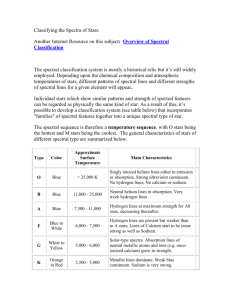background for sorting spectra
advertisement
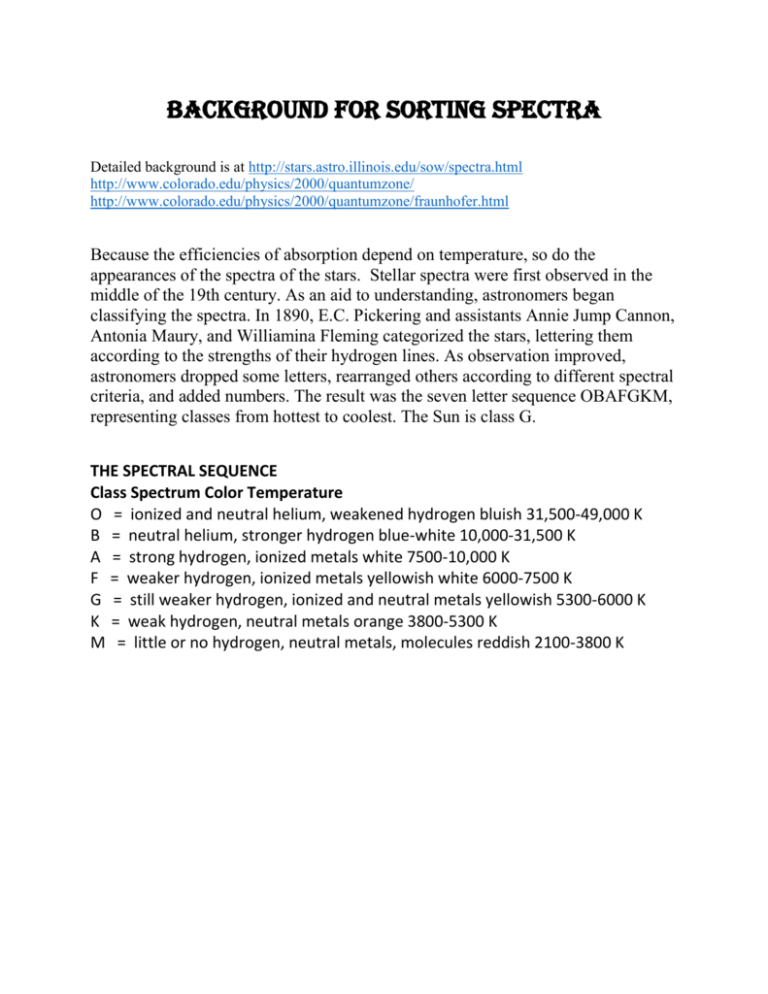
BACKGROUND FOR SORTING SPECTRA Detailed background is at http://stars.astro.illinois.edu/sow/spectra.html http://www.colorado.edu/physics/2000/quantumzone/ http://www.colorado.edu/physics/2000/quantumzone/fraunhofer.html Because the efficiencies of absorption depend on temperature, so do the appearances of the spectra of the stars. Stellar spectra were first observed in the middle of the 19th century. As an aid to understanding, astronomers began classifying the spectra. In 1890, E.C. Pickering and assistants Annie Jump Cannon, Antonia Maury, and Williamina Fleming categorized the stars, lettering them according to the strengths of their hydrogen lines. As observation improved, astronomers dropped some letters, rearranged others according to different spectral criteria, and added numbers. The result was the seven letter sequence OBAFGKM, representing classes from hottest to coolest. The Sun is class G. THE SPECTRAL SEQUENCE Class Spectrum Color Temperature O = ionized and neutral helium, weakened hydrogen bluish 31,500-49,000 K B = neutral helium, stronger hydrogen blue-white 10,000-31,500 K A = strong hydrogen, ionized metals white 7500-10,000 K F = weaker hydrogen, ionized metals yellowish white 6000-7500 K G = still weaker hydrogen, ionized and neutral metals yellowish 5300-6000 K K = weak hydrogen, neutral metals orange 3800-5300 K M = little or no hydrogen, neutral metals, molecules reddish 2100-3800 K Sorting Spectra Timeline 1. Do Life Cycle of a Star First 2. Introduction to Waves Transverse Longitudinal Have out a pendulum apparatus to illustrate wavelength, resting position, amplitude - Demo 3. Absorption Spectra a. Give 3 kids different colored paper. Shine a flashlight through them to the back wall. See how much light the tables on the other side of the colored paper can see. This models the light absorbed as it travels through a cool gas. b. Reference how electrons jump up to higher EL when they gain a photon of light energy. Then when they fall back to their original EL, they emit this photon of energy as light of a certain wavelength or color. c. Show the kids the spectra cards. Put at least 2 on the overhead and explain what the lines mean – they represent different wavelengths of light being absorbed. This would be the wavelengths of light found in the star. The pattern of wavelengths will tell scientists what elements are in the star. Each element has its own unique spectra and can be used as a reference to determine composition of stars. d. Show the kids how to determine which spectra represent old stars, new stars, hot stars, cooler stars 4. HR Diagram Activity a. Do the activity on the board with the colored circles for stars. b. Have the kids create their own HR Diagram from that c. Talk about the patterns on the diagram and what that means d. Do the worksheet 5. Visible Light Activity a. Need a reference page a. do the Lab 6. EM Spectrum a. Show the video with discussion b. Have them do some worksheet 7. Light Years a. Talk about distances in space Light Years Astronomical Units b. Do example calculations c. Do the worksheet 8. Doppler Effect 9. Steady State vs Big Bang Video – The Universe series

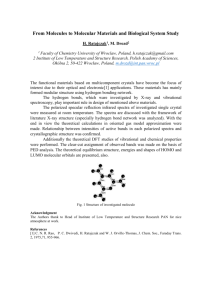
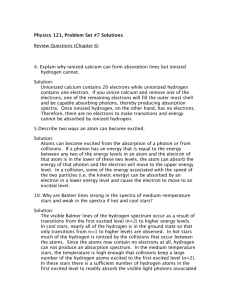
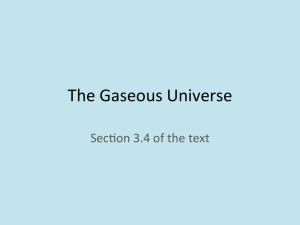
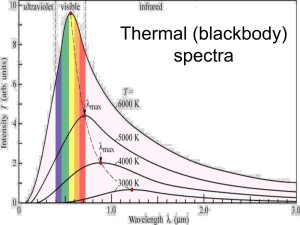


![Wind fluctuations observed for the [WC9] nucleus of the planetary](http://s3.studylib.net/store/data/007485235_1-3340469ba08494d43e3784ba1dcabb49-300x300.png)
